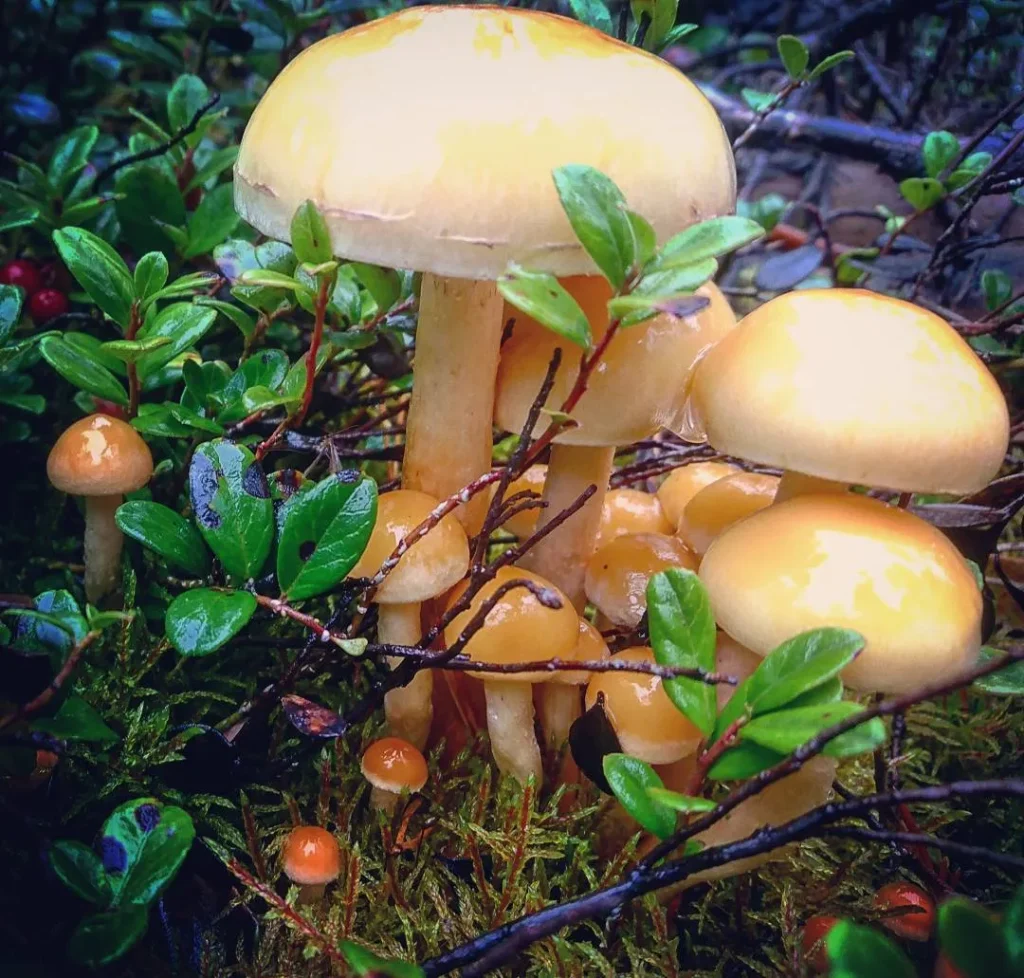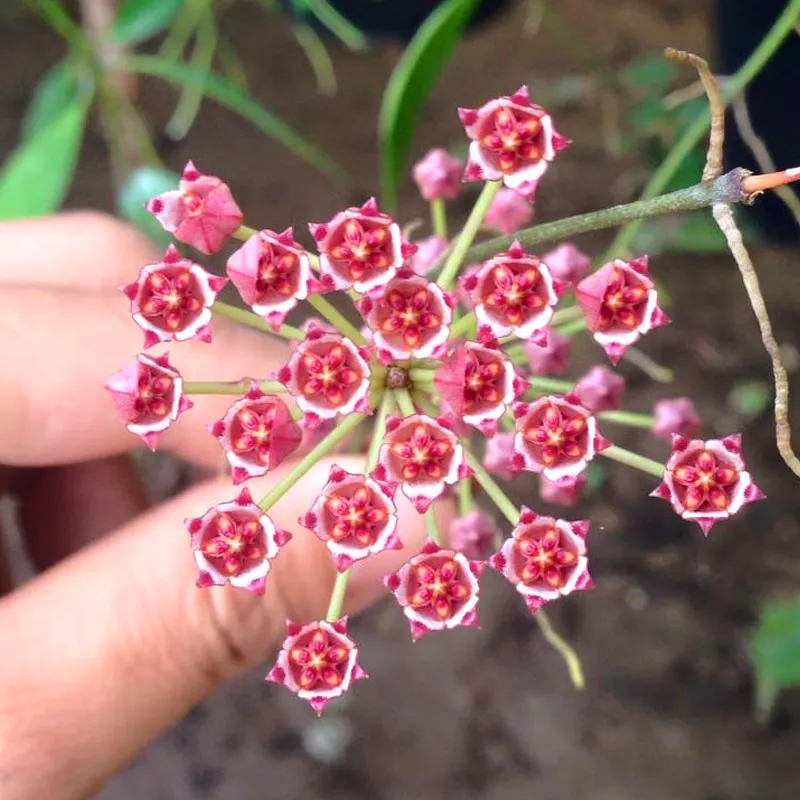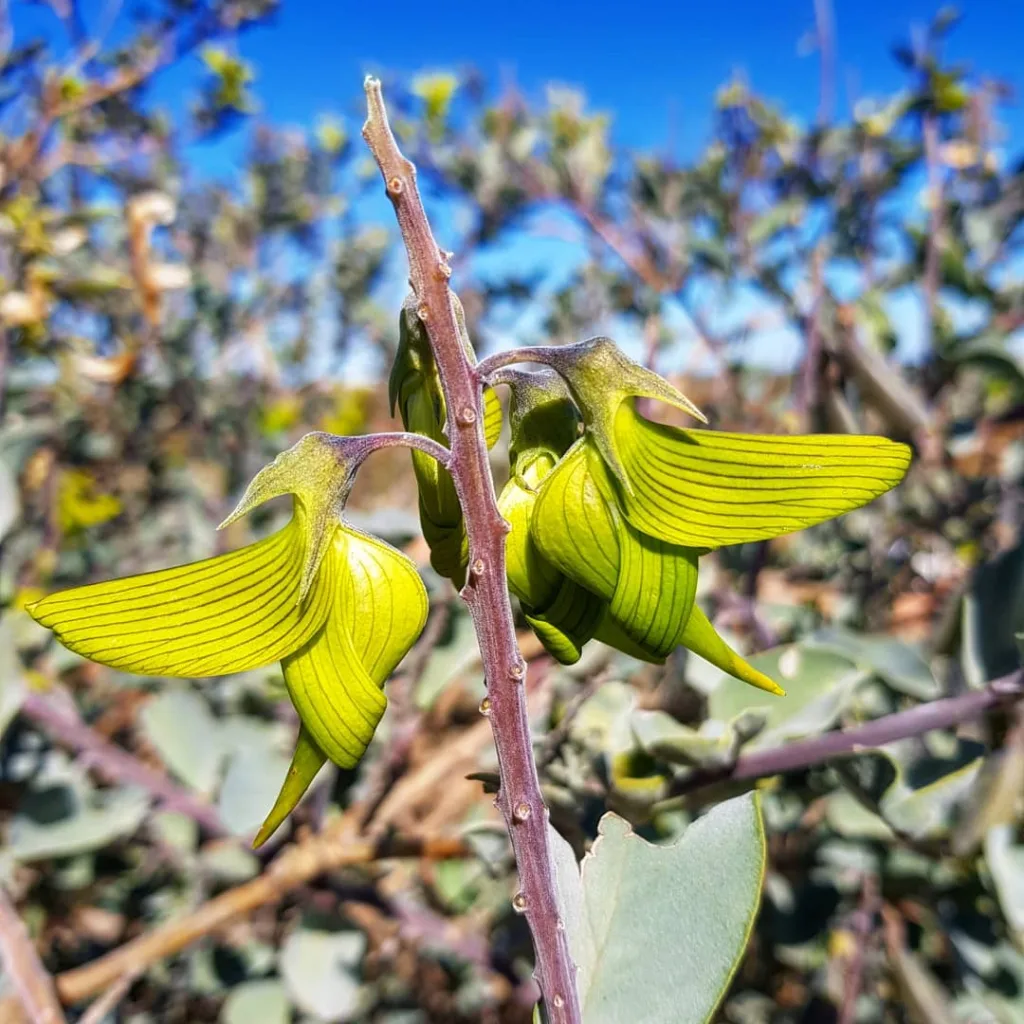Waxflowers: A Deep Dive with Ferb Vu
The first time I encountered a Chamelaucium, I was immediately captivated. Its delicate flowers, resembling tiny works of art, seemed to shimmer with an almost ethereal glow. Native to the southwestern corner of Australia, this genus of evergreen shrubs, commonly known as waxflowers, has become a favorite of mine, both for their beauty and their fascinating adaptations to the harsh Australian landscape.
Understanding the Chamelaucium Genus
Chamelaucium belongs to the Myrtaceae family, placing it in the same lineage as eucalyptus and myrtle. These plants are characterized by their small, needle-like leaves, which are often aromatic, releasing a pleasant scent when crushed. This adaptation helps to reduce water loss, a crucial survival tactic in their arid native habitat.
But it’s the flowers that truly steal the show. Ranging in color from pure white to deep pink and even purple, they possess a waxy texture that gives them their common name. This waxiness also serves a purpose, helping to conserve moisture and extend the flower’s lifespan. In the wild, this allows them to attract pollinators over a longer period, increasing their chances of successful reproduction.
A Closer Look at Chamelaucium Species
While the genus Chamelaucium might not be as extensive as some, it boasts a diverse range of species, each with its own unique characteristics. Here are:
- Chamelaucium uncinatum: Perhaps the most well-known species, often referred to as Geraldton Wax. It’s prized for its abundant flowers and is a popular choice for cut flower arrangements. Plant FAQs: Chamelaucium Uncinatum
- Chamelaucium axillare: Known as the Esperance Waxflower, this species features white flowers with a subtle fragrance.
- Chamelaucium ciliatum: This species, called Stirling Wax, is recognized by its hairy leaves and white or pink flowers.
- Chamelaucium drummondii: Drummond’s Waxflower is a smaller shrub with pink flowers that bloom in winter.
- Chamelaucium floriferum: This species has several subspecies, including the Walpole Waxflower, known for its prolific display of pink or white flowers.
- Chamelaucium brevifolium Benth.
- Chamelaucium confertiflorum Domin
- Chamelaucium erythrochlorum N.G.Marchant
- Chamelaucium forrestii (F.Muell.) N.G.Marchant
- Chamelaucium gracile F.Muell.
- Chamelaucium heterandrum Benth.
- Chamelaucium lullfitzii N.G.Marchant
- Chamelaucium marchantii Strid
- Chamelaucium megalopetalum F.Muell. ex Benth.
- Chamelaucium micranthum (Turcz.) Domin
- Chamelaucium orarium N.G.Marchant
- Chamelaucium pauciflorum (Turcz.) Benth.
- Chamelaucium repens (A.S.George) N.G.Marchant
- Chamelaucium roycei N.G.Marchant
- Chamelaucium virgatum Endl.
- Chamelaucium xanthocladum N.G.Marchant
The Allure of Waxflowers
For me, the appeal of Chamelaucium goes beyond its aesthetic beauty. These plants are remarkably resilient, able to thrive in challenging conditions. They require minimal watering, making them a sustainable choice for gardeners in drier climates. Their hardiness also makes them ideal for cultivation in a variety of settings, from coastal gardens to rocky landscapes.
Moreover, waxflowers possess a unique charm that sets them apart. Their delicate blooms bring a touch of elegance to any space, whether gracing a vase in a home or adding a splash of color to a garden. Their long flowering period, often extending from winter to spring, provides a welcome burst of life during the colder months.
Cultivating and Caring for Chamelaucium
While Chamelaucium is relatively low-maintenance, understanding its needs is key to successful cultivation. Here are a few tips for those interested in growing these captivating plants:
- Sunlight: Waxflowers thrive in full sun, so choose a location that receives at least six hours of direct sunlight per day.
- Soil: Well-drained soil is essential to prevent root rot. Sandy or gravelly soils are ideal.
- Watering: Water sparingly, allowing the soil to dry out between waterings. Overwatering can be detrimental.
- Pruning: Light pruning after flowering can help to maintain shape and encourage bushier growth.
- Fertilizing: A slow-release fertilizer applied in spring can promote healthy growth and flowering.
With proper care, Chamelaucium can reward you with years of stunning floral displays.
Beyond the Garden
The versatility of Chamelaucium extends beyond its ornamental value. The flowers are a popular choice for cut flower arrangements, their long vase life making them a favorite among florists. The essential oils extracted from some species are used in aromatherapy and perfumes, their delicate fragrance offering a sense of calm and tranquility.
In conclusion, the genus Chamelaucium offers a fascinating glimpse into the world of Australian flora. From their delicate beauty to their remarkable resilience, these plants have captured my admiration and continue to inspire me with their ability to thrive in challenging environments. Whether you’re a seasoned gardener or simply appreciate the beauty of nature, I encourage you to explore the world of waxflowers and discover their unique charm for yourself.
If i die, water my plants!



